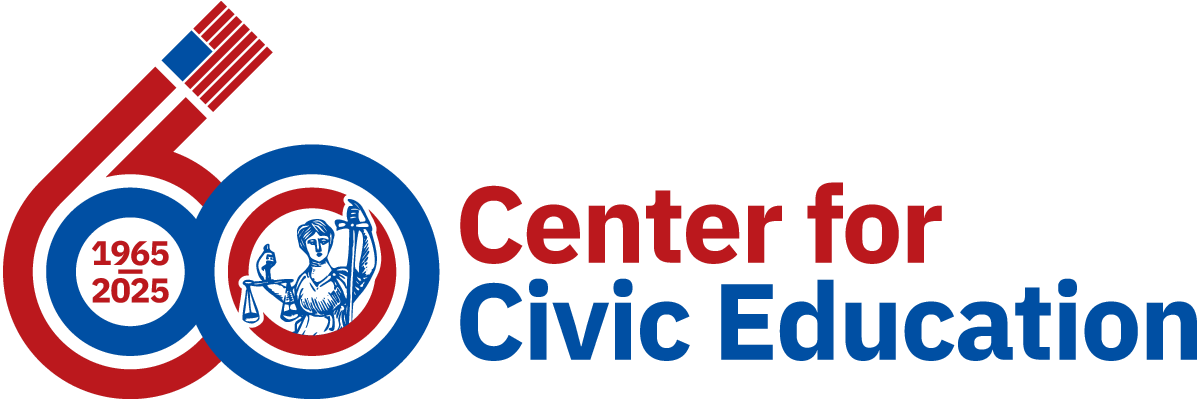The Resource Center » Level 3 » Unit 5 »
Lesson 27: What Are Bills of Rights and What Kinds of Rights Does the U.S. Bill of Rights Protect?

Lesson Purpose
When you have finished this lesson, you should be able to explain what bills of rights are and how they have evolved.You should be able to examine the Constitution and its amendments and identify which of the rights they contain are (1) held by individuals, classes, or categories of individuals, or institutions; (2) personal, economic, or political rights; and (3) positive or negative rights. You also should be able to identify possible conflicts among these rights. You should be able to describe various interpretations of the Second, Third, Ninth, and Tenth Amendments. Finally, you should be able to evaluate, take, and defend positions about the kinds of rights protected by the U.S. Constitution and Bill of Rights.
Lesson Objectives
- explain what bills of rights are and how they have evolved,
- examine the Constitution and its amendments and identify which of the rights they contain are (1) held by individuals, classes, or categories of individuals, or institutions, (2) personal, economic, or political rights, and (3) positive or negative rights,
- identify possible conflicts among these rights,
- describe various interpretations of the Second, Third, Ninth, and Tenth Amendments, and
- evaluate, take, and defend positions about the kinds of rights protected by the U.S. Constitution and Bill of Rights.
Lesson Terms
Lesson Biographies
Lesson Court Cases
Case Summary
In 1816, Congress chartered The Second Bank of the United States. In 1818, the state of Maryland passed legislation to impose taxes on the bank. James W. McCulloch, the cashier of the Baltimore branch of the bank, refused to pay the tax.
Question(s)
The case presented two questions: Did Congress have the authority to establish the bank? Did the Maryland law unconstitutionally interfere with congressional powers?
Answer(s)
Yes. No. In a unanimous decision, the Court held that Congress had the power to incorporate the bank and that Maryland could not tax instruments of the national government employed in the execution of constitutional powers. Writing for the Court, Chief Justice Marshall noted that Congress possessed unenumerated powers not explicitly outlined in the Constitution. Marshall also held that while the states retained the power of taxation, "the constitution and the laws made in pursuance thereof are supreme...they control the constitution and laws of the respective states, and cannot be controlled by them."
See: The Oyez Project, McCulloch v. Maryland, 17 U.S. 316 (1819)
Lesson Primary Sources
English translation of Magna Carta






